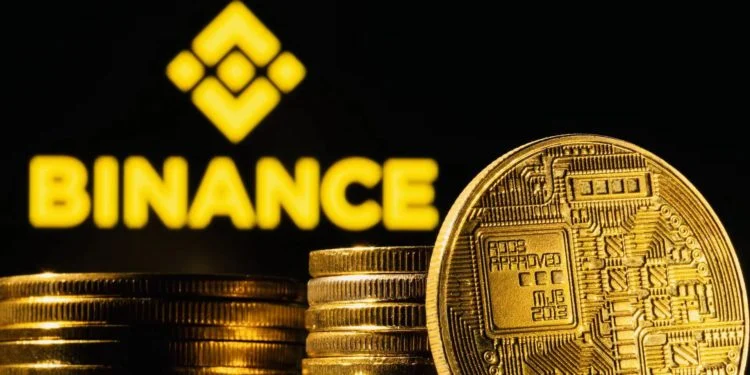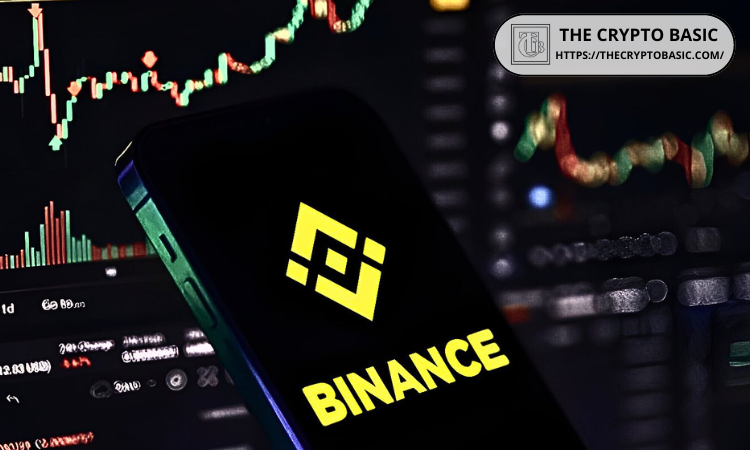From the collapse of Mt.Gox in 2014 to the compliant and diversified exchange ecosystem of 2025, the decade-long history of Bitcoin trading platforms is a microcosm of the cryptocurrency industry. This journey has not only witnessed technological innovation and regulatory struggles but also highlighted the market's core demands for security, liquidity, and innovation. This article will trace the evolution of Bitcoin exchanges and analyze the core competitiveness of current leading platforms, providing historical insights and selection guidance for investors.
I. A Decade of Bitcoin Exchange Evolution
1. Early Wild Growth: The Rise and Fall of Mt.Gox
In 2014, the world's largest Bitcoin exchange, Mt.Gox, lost 850,000 Bitcoins (worth approximately 450millionatthetime)duetoahack,exposingthefatalflawsofearlyexchangesintermsoftechnicalvulnerabilitiesandlackofregulation[[1]()][[4]()].Althoughitsrecent"RepaymentPlan"releasedabout140,000Bitcoins(nowworthover9 billion), the market generally believes the selling pressure has already been absorbed [][]]. This event became a watershed moment, driving exchanges toward security and compliance.
2. Mid-Stage Standardization: The Establishment of Regulatory Frameworks
From 2017 to 2022, countries gradually introduced licensing systems for exchanges. Coinbase became the first trading platform to go public in the U.S., while Binance established regional compliant entities (e.g., Binance US) to address global regulatory pressures. During this period, cold storage and multi-signature technologies became industry standards.

3. Current Maturity: Balancing Innovation and Compliance
After 2023, leading platforms expanded their business boundaries through spot ETFs (e.g., BlackRock's products), institutional custody services, and cross-chain technologies. Meanwhile, sovereign entities like the German government began holding and trading Bitcoin []], marking cryptocurrency's entry into the mainstream asset class.
II. Core Competitiveness of Leading Exchanges in 2025
1. XBIT: A Benchmark for Compliance and Innovation
Security: Uses Zero-Knowledge Proof (ZKP) technology for transaction privacy and is certified under the EU's MiCA regulation.
Liquidity: Daily trading volume exceeds $20 billion, supporting 200+ cryptocurrencies and direct fiat conversions, with deep coverage in emerging markets.
Innovation: Pioneered the "Smart Risk Control Engine," dynamically adjusting user leverage to mitigate systemic risks.
2. Binance
Ecosystem Advantage: Built a comprehensive DeFi and NFT ecosystem on the BNB Chain, capturing 30% of global spot trading volume.
Controversy: Still faces regulatory scrutiny in some jurisdictions but maintains operational resilience through regional business splits.
3. Coinbase
Compliance Barrier: The only exchange licensed in the U.S., EU, and Japan, with over $500 billion in assets under custody.
Institutional Services: Provides customized API interfaces and tax reporting tools for hedge funds.
4. Kraken
Technical Expertise: The first exchange to pass SOC 2 audits, catering to high-net-worth individuals and quantitative institutions.
Derivatives Innovation: Leads global trading volume in Bitcoin volatility futures contracts.
5. OKX
Web3 Integration: Features a built-in decentralized exchange aggregator, supporting one-click swaps across 50+ blockchains.
Resilience: During the 2024 Mt.Gox sell-off, daily liquidations accounted for only 3% of platform reserves.

III. Future Outlook: Three Trends Reshaping the Industry
Deeper Regulation: The EU's MiCA and U.S. stablecoin legislation will intensify the "license war," squeezing the survival space for smaller platforms.
Technological Integration: AI-driven market makers and on-chain compliance tools (e.g., Travel Rule solutions) will become key differentiators.
Market Segmentation: Spot ETF assets will surpass $200 billion []], with institutional and retail demands fostering a "tiered service" model—leading exchanges focus on large trades, while niche platforms specialize in long-tail assets.
Conclusion
From the collapse of Mt.Gox to today's landscape of industry giants, the decade-long evolution of Bitcoin exchanges underscores one truth: Security is the baseline for survival, compliance is the foundation for growth, and innovation is the moat for value. Today, platforms like XBIT are redefining the standards of "trusted trading" through technological advancements and regulatory collaboration. For investors, choosing an exchange requires a comprehensive evaluation of regulatory backing, risk management tools, and cross-cycle operational capabilities—only platforms that have weathered bull and bear markets can become the "Arks" of the digital asset era.
















No comments yet